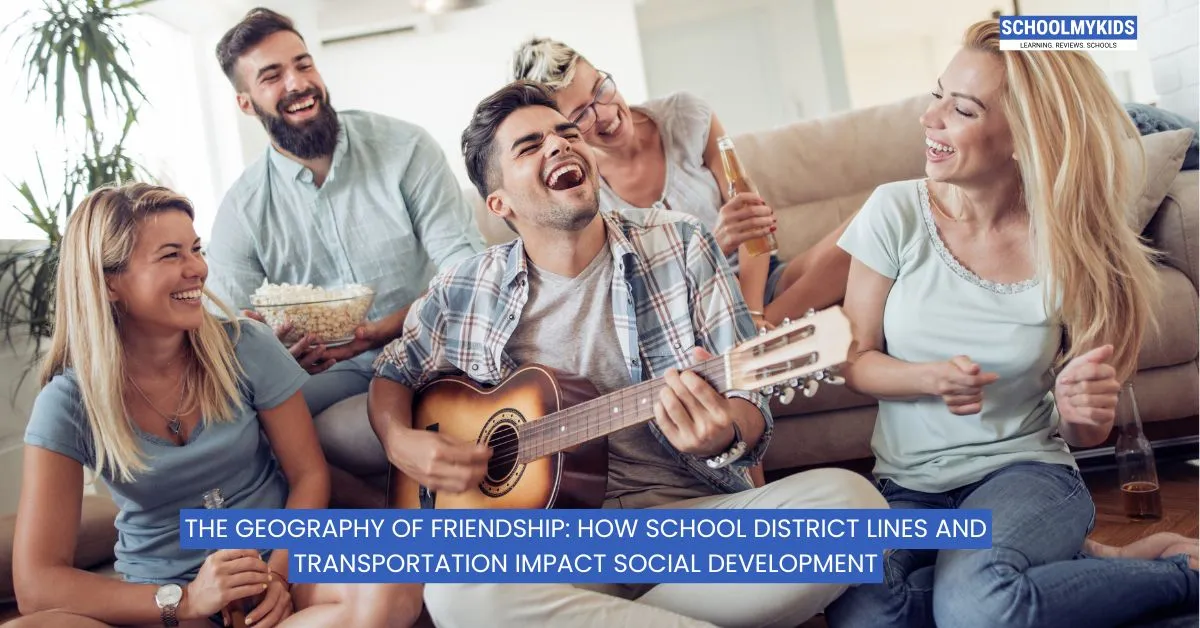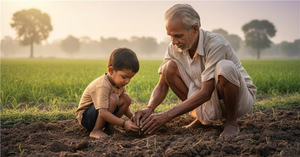Introduction
When we talk about friendships in childhood and adolescence, we often focus on personality, shared interests, or classroom chemistry. But behind these connections lies a more silent influence—geography. Where a student lives, which school they’re zoned into, and how far they must travel each day all quietly shape who they spend time with, who they grow close to, and who they might never meet. The geography of friendship isn’t just about maps—it’s about access, proximity, and the unspoken systems that shape social development.
The Impact of School Zones and District Lines
In many education systems, students are assigned to schools based on where they live. While this might make logistical sense, it can unintentionally limit exposure to diversity—social, cultural, or economic. Students from one neighborhood might attend a well-resourced school with art programs and field trips, while just a few kilometers away, others attend schools with limited resources and fewer extracurricular options.
This zoning leads to the formation of friendship circles that are not only academically separated but also socially and geographically siloed. It becomes difficult for students to build friendships outside of their immediate surroundings—even in the same town or city.
How Distance Shapes Daily Interaction
For younger children, friendships often blossom after school—in playgrounds, at birthday parties, or during casual home visits. But when friends live far apart or attend schools across the city, those organic opportunities for bonding shrink.
Even when students manage to form connections across different areas—say, through coaching classes or hobby groups—the lack of transport, parental availability, or safety concerns often prevents those friendships from developing fully. The student who cannot attend a weekend hangout due to a long commute may slowly find themselves excluded from shared memories and inside jokes.
Transportation as a Social Filter
Public transportation routes, private school buses, and parental pick-up logistics all play subtle roles in who students befriend. Those on the same bus route are more likely to sit together, talk, and build relationships. Students with easier access to transport can stay after school for clubs or social events. Others, who must leave immediately due to limited transport options, miss out—not just on activities, but on time spent bonding with peers.
In areas where walking to school is common, students often make friends during the journey. These small moments—chatting on sidewalks, stopping at corner shops—are foundational to social development. When this access is unequal, so too is the ease of forming friendships.
The Emotional Cost of Separation
When students feel socially isolated due to geographical constraints, the emotional impact can be significant. They may feel left out, disconnected, or even start to withdraw. Over time, this can affect self-confidence and reduce participation in school life.
In some cases, students may try to overcompensate—trying harder to fit into distant social groups or constantly seeking validation from peers they can rarely meet. This added emotional labor isn’t always visible, but it shapes how they navigate social spaces and build their identity.
Rethinking Connection in a Divided Map
Parents and educators can support students by recognizing these unseen boundaries. Encouraging mixed-community activities, regional events, or digital collaboration projects can bridge the gaps created by distance. Schools that serve diverse zones should create shared spaces—like festivals, exhibitions, or community outreach programs—that foster interaction beyond the classroom.
Technology can also play a role. Group chats, virtual meet-ups, and collaborative online projects help sustain friendships that aren’t easily maintained in person. While digital connection isn’t a replacement for real-life interaction, it can keep the thread of friendship intact.
Creating Inclusive Opportunities
Instead of assuming all students have the same access to social opportunities, schools can offer after-school transportation for late events or create neighborhood-based study groups that rotate across different areas. These small steps ensure that friendships are not limited by who lives nearby but expanded by shared experiences.
Conclusion
Friendships are more than emotional connections—they’re shaped by geography, systems, and unspoken structures. When we understand how distance and district lines influence social growth, we can start designing educational environments that go beyond boundaries. Because every child deserves the chance to find connection—not just where they are, but wherever they belong.









Be the first one to comment on this story.